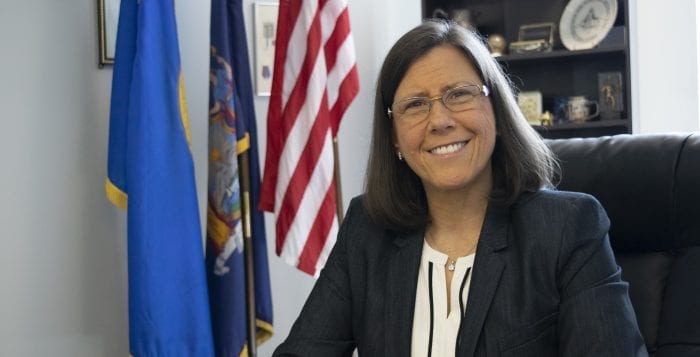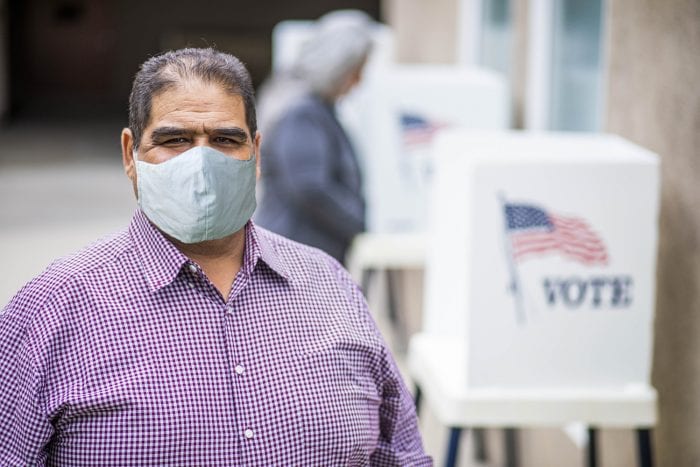After an April 28 special election had to be postponed due to the pandemic, Republican Keith Brown and Democrat Michael Marcantonio will finally find out who the 12th state Assembly District constituents will choose for assemblyman Nov. 3. The two candidates are running for the seat left vacant by Andrew Raia (R-East Northport), who resigned at the beginning of 2020 after winning the Huntington town clerk seat.
Marcantonio was set to run for assemblyman on the Democratic ticket in 2018. However, due to voting as a student at Duke University in 2012 and 2014, judges from the New York State Supreme Court’s Appellate Division disqualified from him running, maintaining New York State requires a five-year residency to qualify to run.
During an Oct. 15 Zoom debate with TBR News Media, the two attorneys and longtime Northport residents exchanged barbs. Brown said the millennial Marcantonio doesn’t understand mortgages and bills because he lives with his mother and also described him as “bombastic.” Marcantonio pointed to a Riverhead-News Review article from September that reported on the alleged Russian mob ties of one developer Brown represented and said the attorney didn’t always represent the most honest developers.
“Anyone can say whatever they want on the internet,” Brown said. “It doesn’t mean it’s true.”
Marcantonio said he has a better chance of getting things done in the state Assembly as he will be part of the Democratic majority. Brown reminded his opponent that he would be a freshman assemblyman and would have little power. The Republican added he himself has worked in both the public and private sectors and he has a reputation for getting things done. He described himself as a self-made businessman who has built up his law firm.
The candidates also debated on other issues facing New York state, particularly in their district.
LIPA
For years, many local residents have been waiting for a settlement with the Long Island Power Authority. The Northport power plant was taxed at $86 million, which LIPA said was drastically overassessed, and the entity was seeking a court-order reduction which could have led to a 90% cut of taxes. This in turn would have made the Town of Huntington responsible for an $800 million refund to LIPA and school taxes would have been raised.
A recently proposed settlement, agreed on by the Northport-East Northport school district and the town, will cut LIPA’s taxes to $46 million from $86 million over the next seven years, lessening the burden a court-order reduction would have imposed.
Marcantonio has spoken against the town and the school district agreeing to the LIPA settlement. He said he drafted legislation that would prevent LIPA from collecting hundreds of millions of dollars of back taxes, which he said he “gave” to state Sen. Jim Gaughran (D-Northport). While the bill passed in the state Senate it didn’t make it through the Assembly.
He said if elected by being part of the chamber’s majority and being able to chair committees and introduce legislation, he’ll be able to have a say when decisions are being made and get such a bill passed again.
“If my opponent wins this race — which he won’t — but if he does, the most he can do is cosponsor a Democrat’s legislation,” Marcantonio said.
Brown said Marcantonio’s LIPA bill is a “fool’s errand” as it only applies to back taxes. He also said the Democrat was a single-issue candidate.
“He’s trying to go through and tout this legislation that is dead on arrival,” Brown said.
He added that Marcantonio is “blinded by this issue” and called him a single-issue candidate. He said moving on from the issue of LIPA’s back taxes and accepting the recent settlement will control the damages felt by the town and the school district.
Education
Brown said if he’s elected one of the first things he will do is meet with superintendents to see what their districts need. Despite proposed state aid cuts of 20% to 30%, the Republican said he plans to bring money back to local schools.
“I have a deep respect for the school superintendents and the job that they do,” he said.
Marcantonio said he also would make sure schools in the district get the money they need as the district is the fourth most-owed in the state for foundation aid.
“It’s not enough for New York State to get federal aid,” he said. “We need to get the aid from the state to this district — it doesn’t automatically go equally to each district.”
COVID Response
Brown said he believes Gov. Andrew Cuomo (D) did a good job during the pandemic, but added that he believes businesses could have been reopened quicker. When the lockdown was lifted, Brown said he started meeting with small business owners along major corridors, including Route 25, Commack Road, Larkfield Road and provided owners with his information. He said there is a need to take another look at how businesses are opening but not at the risk of public health.
“If we don’t do something soon, we’re going to lose major industries,” he said, adding many are filing bankruptcy.
Marcantonio said there were arbitrary rules when it came to reopening, and he agreed that the state needed clearer guidelines.
“Small businesses are getting crushed right now, and they’re getting crushed because we have a system right now that favors big businesses over small businesses,” he said.
Economy
Marcantonio said he’s fighting for young people who feel forced to leave the Island due to the high cost of living. He understands because he’s a millennial as well, and knows his peers want to stay near their families.
“I have empathy for them,” he said. “I don’t shame young people for not being able to afford a home.”
To help bring jobs to the area, Marcantonio said there is a need to attract manufacturing jobs back to Long Island and rebuild a crumbling infrastructure. He added the Island would benefit from a high-speed railroad which would enable residents to travel from Montauk to New York City in 30 minutes.
Brown said one of the reasons he wanted to run for Assembly was because he was horrified by those in the legislative body that fought against an Amazon facility in Long Island City, which would have brought more jobs to the area. He said he doesn’t shame millennials and their struggles, and is working on transportation projects to keep millennials on the Island and to keep the region vibrant and relevant. He said he believes his business background will help to keep businesses here and not lose them to the South.
“I’m fighting for the middle class,” he said. “I’m fighting for the business owners who are being strangled by regulations.”


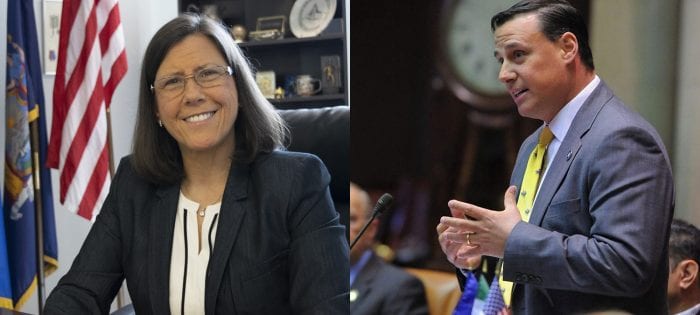
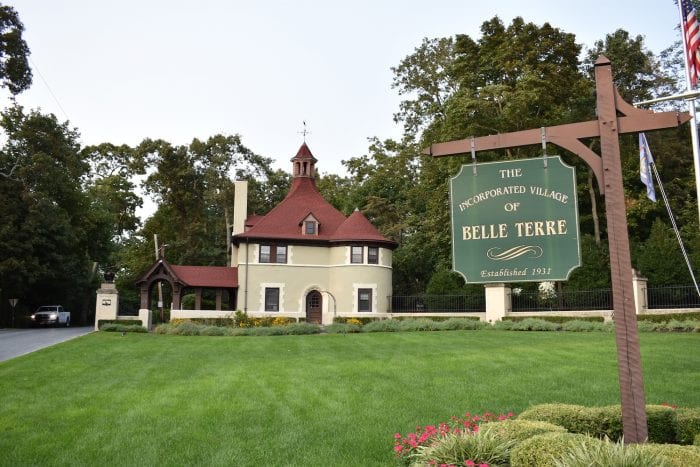
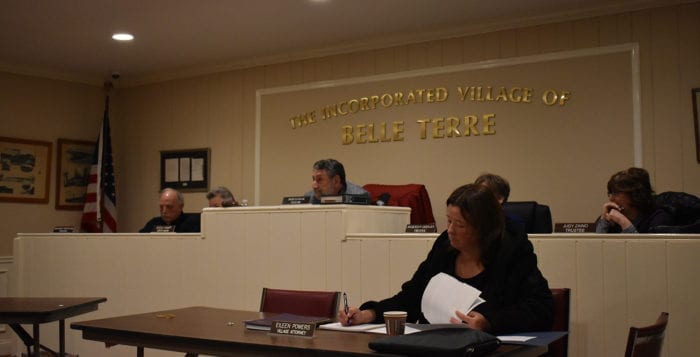

 Bob Sandak
Bob Sandak



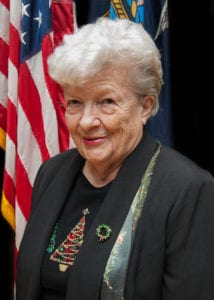 1. Items 1a, 1b,and 1c require the assistance of the Suffolk County Board of Elections. It is suggested that you contact them by email so you spend time on a long phone hold:
1. Items 1a, 1b,and 1c require the assistance of the Suffolk County Board of Elections. It is suggested that you contact them by email so you spend time on a long phone hold:

